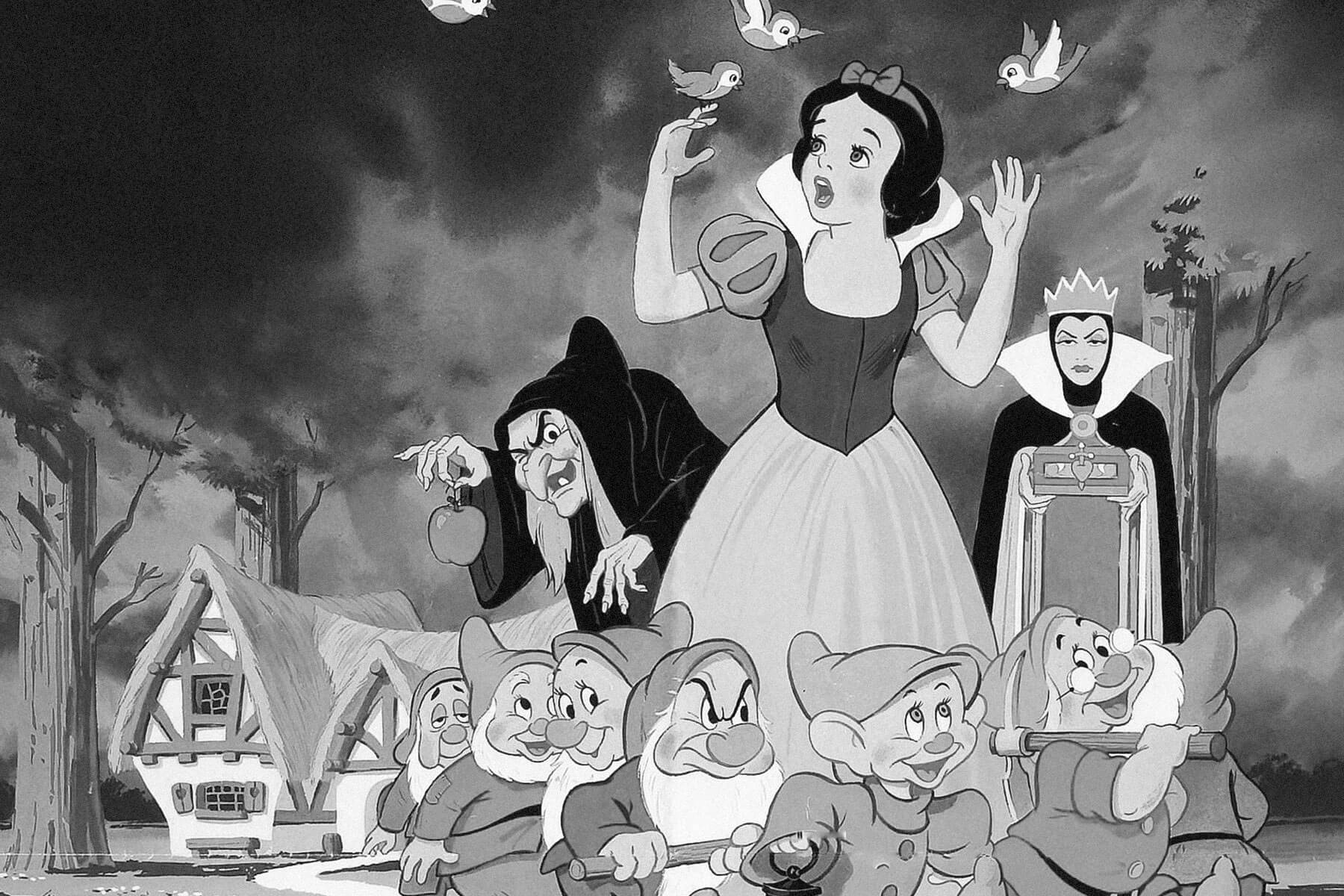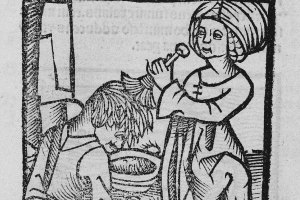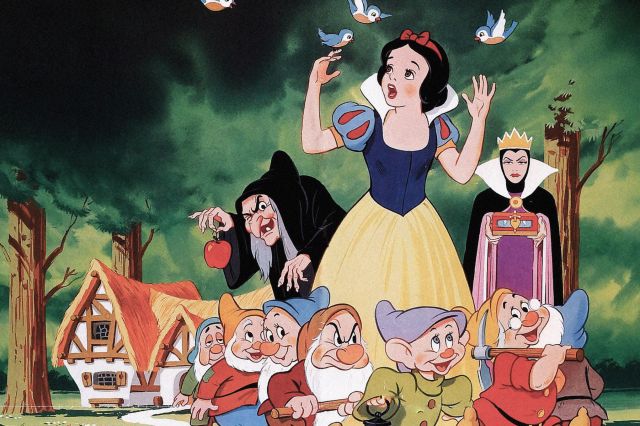5 Magical Facts About the History of Disney
Since its humble start in the early 1920s, Walt Disney’s namesake company has evolved into a global powerhouse that has shaped the world of animation, film, television, and theme parks throughout the past century. From the creation of such beloved characters as Mickey Mouse to groundbreaking achievements in animation and film with Snow White and the Seven Dwarfs, Walt lived to see many of his accomplishments get their deserved due. But even an imagination as vivid as Walt’s couldn’t have conceived of the impact his company would continue to have: The Walt Disney Company now includes a global media empire, a vast array of beloved characters, and theme parks all around the world. Here are five fun facts that help illustrate the vast influence of this beloved company.
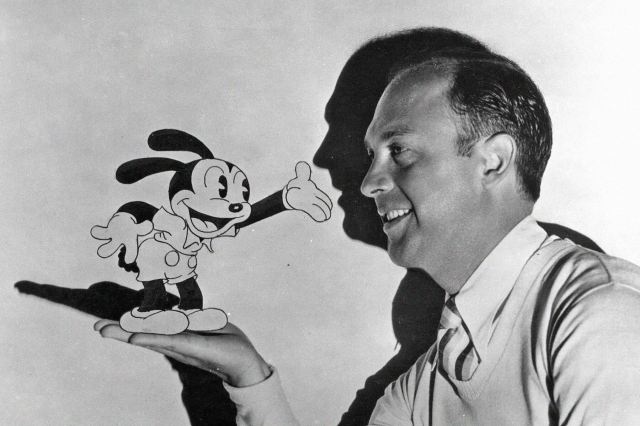
Before Mickey Mouse, There Was Oswald the Rabbit
Walt Disney’s entertainment empire is known as the “House of Mouse” thanks to Mickey, but at one point Disney’s most famous critter was a rabbit. In the mid-1920s, Walt, together with his trusted collaborator, animator Ub Iwerks, produced the Alice Comedies, a combination live-action and animation series. In 1927, after five years on the series, Walt made a deal with Universal Studios to create an all-new, fully animated series. Universal chose the name Oswald for the main character out of a hat, and decided it should be a rabbit since there were already too many feline stars on the scene, including the famous Felix the Cat and even Julius the Cat, from Walt’s own Alice Comedies.
Universal rejected Walt and Iwerks’ initial Oswald design because the character looked too old and tired. The two animators revised Oswald to be more affable and dynamic, laying the groundwork for a character that bore a striking resemblance to the figure we now know as Mickey Mouse. The new-and-approved Oswald the Lucky Rabbit debuted on September 5, 1927, in a short called Trolley Troubles, and audiences and critics took to the rabbit right away. The film’s success prompted Walt and Iwerks to produce more Oswald films, but the partnership with Universal — and with Oswald — was short-lived. Disputes with studio exec Charles Mintz led to Walt’s departure from the studio in 1928, and his newest character was left behind. Shortly after, however, the newly named Walt Disney Company began working on something else. Iwerks put the first Mickey Mouse sketches to paper at around the same time films started synchronizing voices and music. The Disney team debuted Mickey in a film called Steamboat Willie in November 1928, and over the next year, Mickey Mouse became a household name.
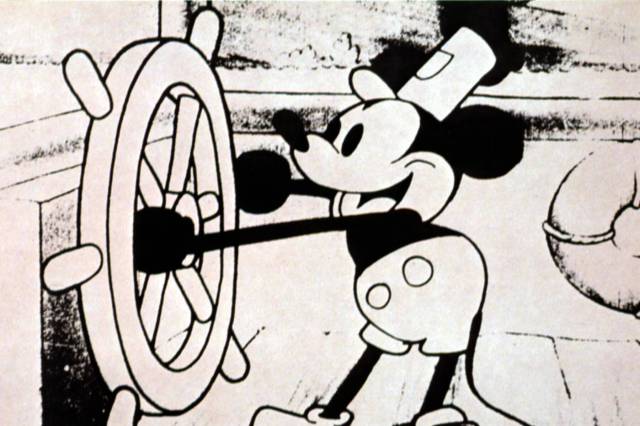
Mickey Mouse’s First Words Were “Hot Dog”
In 1929, one year and eight films after Mickey Mouse made his on-screen debut, the character entered the world of “talkies” — the name given to early films with spoken dialogue. In the 1929 cartoon short film The Karnival Kid, directed by Walt Disney and Iwerks, Mickey works as a hot dog vendor at a carnival, where he meets Minnie Mouse. As Mickey struggles to announce his cart’s offerings to the bustling crowd, his voice finally breaks through as he exclaims, “Hot dog! Hot dog!”
In previous films, Mickey had only made sounds such as whistling or laughing, which were voiced by Walt himself. But in The Karnival Kid, those first spoken words belonged to Carl Stalling, the Walt Disney Company’s first music director (he later went on to compose scores for Looney Tunes). Minnie Mouse, who captivated Mickey’s attention as a “shimmy dancer” in the film, was voiced by Walt; he also later took back sole voicing duties for Mickey until 1946.





